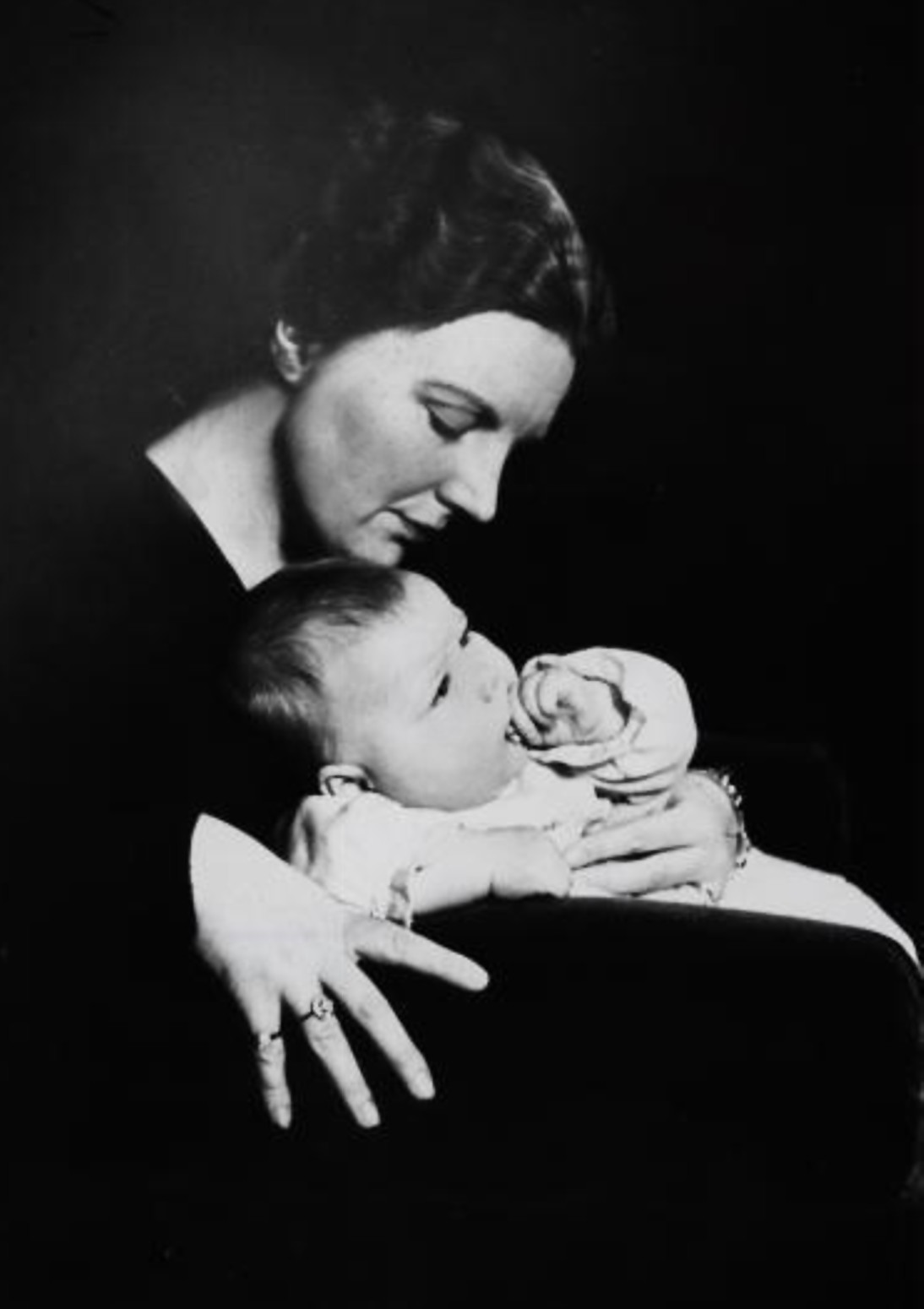Not too long ago, we noticed that a Flickr member digitally touched up a photo of Dutch Crown Princess Juliana holding her infant daughter Beatrix, from the Nationaal Archeif on the Flickr Commons. The retouched photo pictures the former Dutch monarch with "airbrushed" skin of a more even tone. Of course, there is nothing novel about the manipulation of photographs—since the beginning of the medium photographers have used chemicals, light, pens, and airbrushes to alter photographic negatives and prints. What has changed is the ease with which people can manipulate photographs. In the past, the ability to manipulate photographs was mainly in the hands of the wealthy and powerful: Stalin could erase politicians from photographs when they fell out of favor; advertisers could airbrush the legs of their hosiery models; and large film studios could create fantastical sets for the newest sci-fi film. However, the proliferation and availability of programs like Photoshop have democratized the ability to retouch photographs.
The consequences of this leave me feeling ambivalent. On the one hand, I was happy on a recent occasion to be able to help a family friend by retouching a photograph of a loved one's grave that was marred by the presence of liquor bottles. They now live in the US, far away from their homeland and the cemetery, and Photoshopping the photo for them brought a lot of comfort. On the other hand, what do we lose and what do future generations lose by erasing history, and in this case, imperfections, out of a picture? It may be naïve nostalgia on my own part, but as my colleague Effie pointed out, there is something earnest and comforting about that original untouched photo of a Queen with not-so-perfect skin.
Produced by the Smithsonian Institution Archives. For copyright questions, please see the Terms of Use.



Leave a Comment